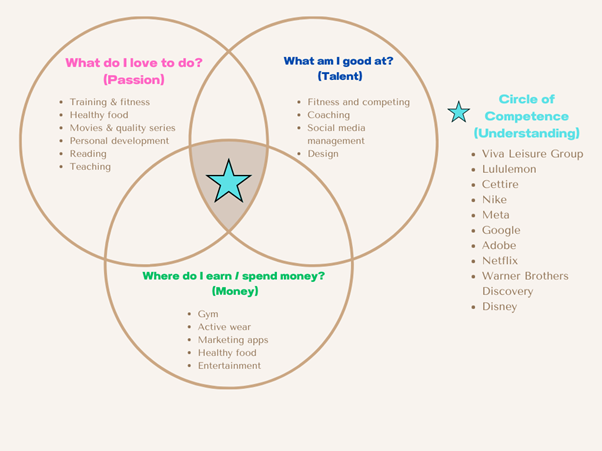

There is an allure to picking individual stocks. We’ve all heard the stories of legendary investors like Warren Buffett, Peter Lynch, and Charlie Munger, who have beaten the market consistently over decades. We’ve seen friends and social media acquaintances brag about their big winners. The thrill of potentially uncovering the next big thing can be hard to resist. However, before diving headfirst into the world of stock picking, it’s important to approach it with a clear understanding of the basics. In this article, we’ll explore a simple framework that can help beginners navigate the exciting yet complex realm of individual stock selection.
First and foremost, let’s establish a strong foundation by understanding our goals and time horizons. Every decision we make should align with these key factors. By asking ourselves, “What am I doing this for?” we can keep our North Star in sight and make more informed choices.
Next, let’s dispel a common misconception. While tales of astronomical returns on individual stocks capture our attention, the impact of consistent savings, time invested in the market, and disciplined decision-making often yield better long-term results. So, it’s crucial to prioritise these fundamental principles over the allure of finding the next 100x return.
Once we have a solid investing practice in place, we can consider exploring individual stock picking. However, it’s wise to approach this phase with caution. One way to dip your toes in the water is through “paper trading,” which involves hypothetical investments rather than real money. This allows you to test your skills and gain experience without risking your hard-earned capital. Another approach is the core and satellite strategy, where only a small portion of your overall investment capital is dedicated to individual stock picking. This gradual progression is less intimidating and reduces the inherent risks involved.
Now that we’re ready to start looking for individual stocks, where should we begin? According to experienced investors, the first step is to create a watchlist of companies that we genuinely understand. As the adage goes, “Buy what you know.” To identify wonderful businesses, we need to evaluate them as businesses, not just as stock speculations. This shift in mindset is crucial.
Here’s an exercise that can help you identify companies that align with your interests and knowledge. It is something my mentor learned from Phil Town and passed to me. Picture a Venn diagram with three intersecting circles. Label the first circle “passion,” the second circle “talent,” and the third circle “money.” In the first circle, write down everything you’re genuinely passionate about—activities you love or would pursue if time and money weren’t constraints. In the second circle, jot down your talents and strengths—both professional and recreational. And in the third circle, list what you do to earn money or where you spend your money.

The intersection of these circles represents your circle of competence. Within this circle lies industries and real businesses you understand and feel connected to. By investing in companies that align with your circle of competence, you’ll have a deeper understanding of their operations, competitive advantages, and potential risks.
This is just the beginning of your journey into stock picking. At this stage, it’s not necessary to delve into valuation techniques or specific investing styles. Instead, embrace the opportunity to read and learn more about the businesses that fall within your circle of competence. Let your curiosity guide you as you dive into industry reports, financial statements, and news articles. Imagine the possibility of becoming a part-owner of a company that you genuinely understand and can be proud of.
Remember, the road to successful stock picking is paved with continuous learning, diligent research, and disciplined decision-making. While individual stock picking can be exciting, it’s important to maintain a personalised approach to investing. Diversification across and within different asset classes, such as ETFs, LICs, fixed income, real estate and even alternative investments like private equity or commodities, could be important to help align the risk and returns profile to your goals.
In conclusion, picking individual stocks can be a rewarding endeavour for those who approach it with care and diligence. By understanding your goals, focusing on consistent savings, and gradually exploring individual stock picking, you can embark on a journey of discovery. Remember, it’s not just about the returns; it can be about investing in companies you genuinely understand and believe in. So, start with your circle of competence and let your passion and knowledge guide you towards insightful investment research.
Happy investing!





